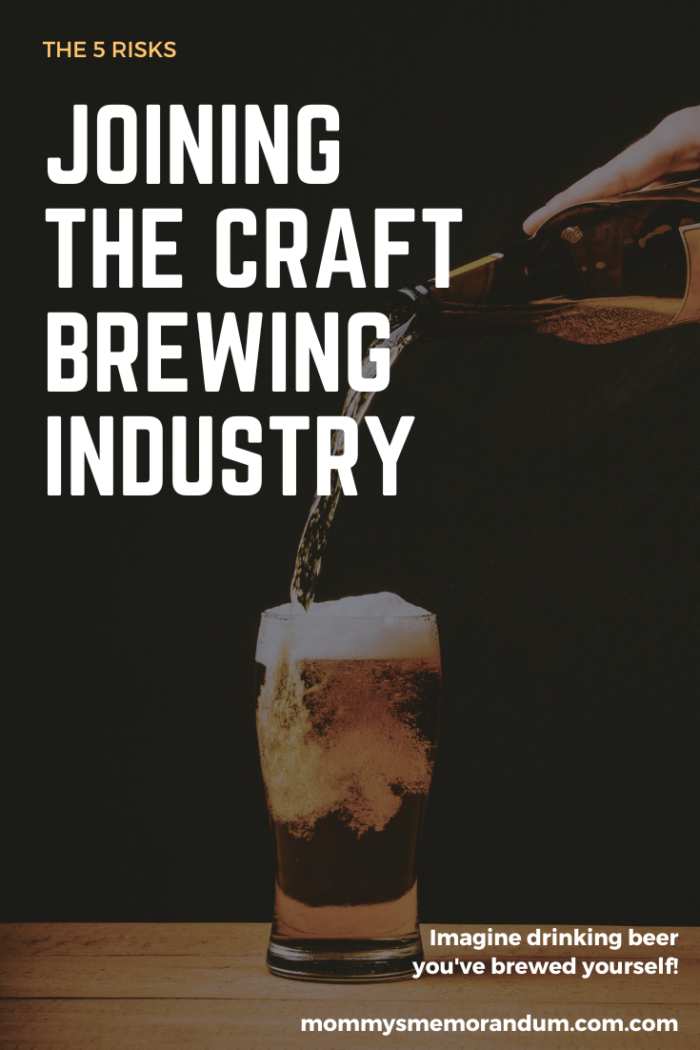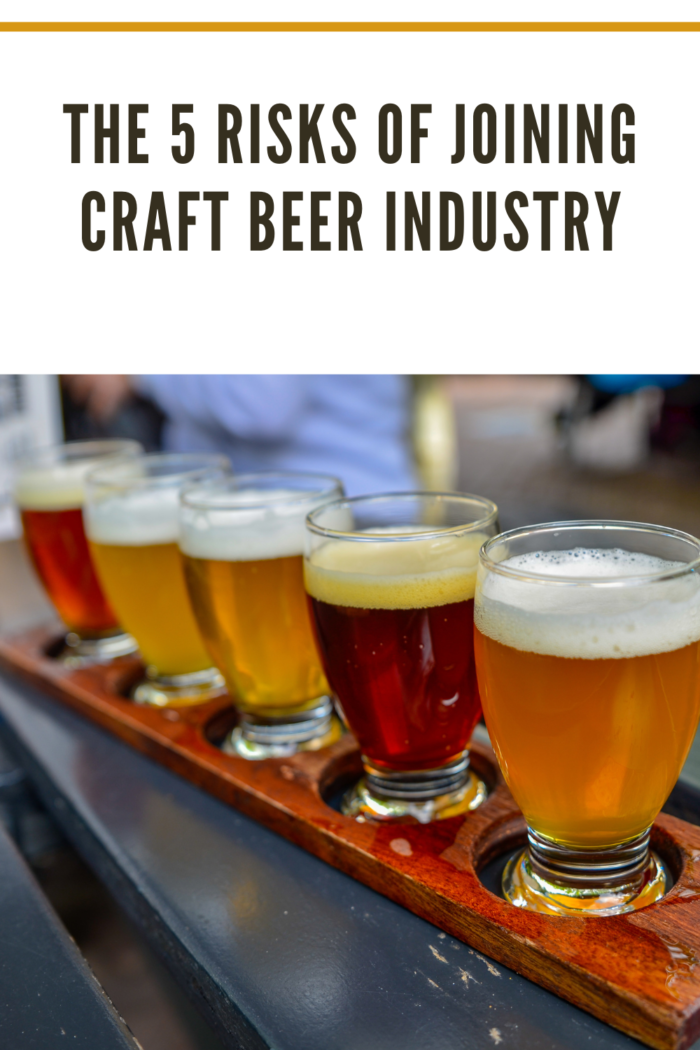The craft beer industry is a fast-growing area in the beverage sector. Here are five risks behind starting this business and how to get ahead.
- The craft beer industry is worth $28 billion in the US and has 5,234 operating breweries.
- Market saturation, legal and regulatory challenges, consumer preferences, and brand recognition are all risks in the industry.
- To mitigate these risks, conduct market research, consult a lawyer, secure funding, invest in quality equipment, develop strategic partnerships, and focus on quality.
- With the right strategies and dedication, you can be successful in the craft beer industry.
- Key takeaways include understanding industry risks, developing a solid business plan and financial projections, and staying up-to-date on trends.
The craft beer industry is known for its innovation, creativity, and passion for brewing unique beer flavors. However, the industry is not without its risks. From saturated markets to legal and financial challenges, joining the craft beer industry can be risky. As a professional in the industry, I have seen both the highs and lows. Here’s an overview of the risks involved in joining the craft beer industry and what you can do to mitigate them.

The Risk of Joining the Craft Beer Industry: A Professional Overview
The Current State of the Craft Beer Industry
The craft beer industry is part of the bigger beverage sector. According to the Brewers Association, it’s a new industry but is already worth $28 billion in the United States. The number of craft breweries is also increasing, with 5,234 operating in 2017 compared to 2,863 in 2012. However, it’s an industry that has multiple risks for newer entrepreneurs. Here are some of them.
Market Saturation
Market saturation is one of the biggest risks of joining the craft beer industry. With over 8,000 breweries operating in the United States alone, the craft beer industry is highly competitive. If you are starting a brewery or expanding an existing one, it is essential to consider whether the market can support your business. Conduct market research and analyze the competition to determine the demand for your product.
Legal and Regulatory Challenges
Starting a brewery involves navigating a complex web of legal and regulatory requirements. The process can be challenging, from obtaining the proper licenses to complying with safety and health regulations. It is essential to consult with a lawyer with experience in the craft beer industry to ensure you comply with all regulations. Failure to comply can lead to hefty fines, legal battles, and even closure of your brewery.

Financial Risks
Any startup involves financial risks, and the craft beer industry is no different. From the cost of equipment to ingredient expenses, opening a brewery requires a significant investment. Creating a solid business plan and financial projections that consider the initial costs, operating fees, and revenue streams is crucial. Securing funding from investors or obtaining a loan can also help mitigate financial risks.
Industry Trends and Consumer Preferences
The craft beer industry is subject to evolving trends, and consumer preferences can change quickly, says Springer Open. What may have been popular one year may not be the following year. To mitigate the risk of targeting the wrong customers with the wrong product, it is essential to remain up-to-date on industry trends and consumer preferences. Conduct market research and listen to customer feedback to make informed decisions about product development and marketing strategies.
Brand Recognition
Building brand recognition in the craft beer industry can be challenging, especially for new breweries. Developing a unique brand identity and marketing strategy that sets your brewery apart from the competition is essential. Utilize social media and advertising to promote your brand and engage with customers. Building a recognizable brand takes time and effort, so patience is key.

Strategies to Get Ahead
There are various ways to get ahead in the craft beer industry. Here are some of them:
Invest in High-Quality Equipment
The right equipment can make a big difference in your brewery’s performance. Investing in top-of-the-line equipment can help you maintain consistent quality for your beer and streamline the brewing process. Packaging equipment is one of the most essential pieces of equipment you need to invest in. Contact your local packaging equipment company and ask for a quote. Choose the right one for your budget and the kind of craft beer you want to make.

Develop Strategic Partnerships
Forming strategic partnerships with other craft beer companies and local businesses can help you gain visibility and boost your sales. Partnering with a distributor or supplier can help you expand into new markets. Working with a restaurant or bar to serve your craft beers on tap is another way to increase awareness of your brand.

Focus on Quality
Quality is key in the craft beer industry. Your beer must stand out from the competition regarding taste, aroma, color, and flavor. Invest in high-quality ingredients, use proper brewing techniques, and test often to ensure consistency. Do customer surveys to get feedback and use that data to make adjustments for future batches of beer.
Final Thoughts
By understanding the risks involved in the craft beer industry and taking steps to mitigate them, you can be successful in your venture. With the right strategies and dedication, you can make a name for yourself in the craft beer scene.
